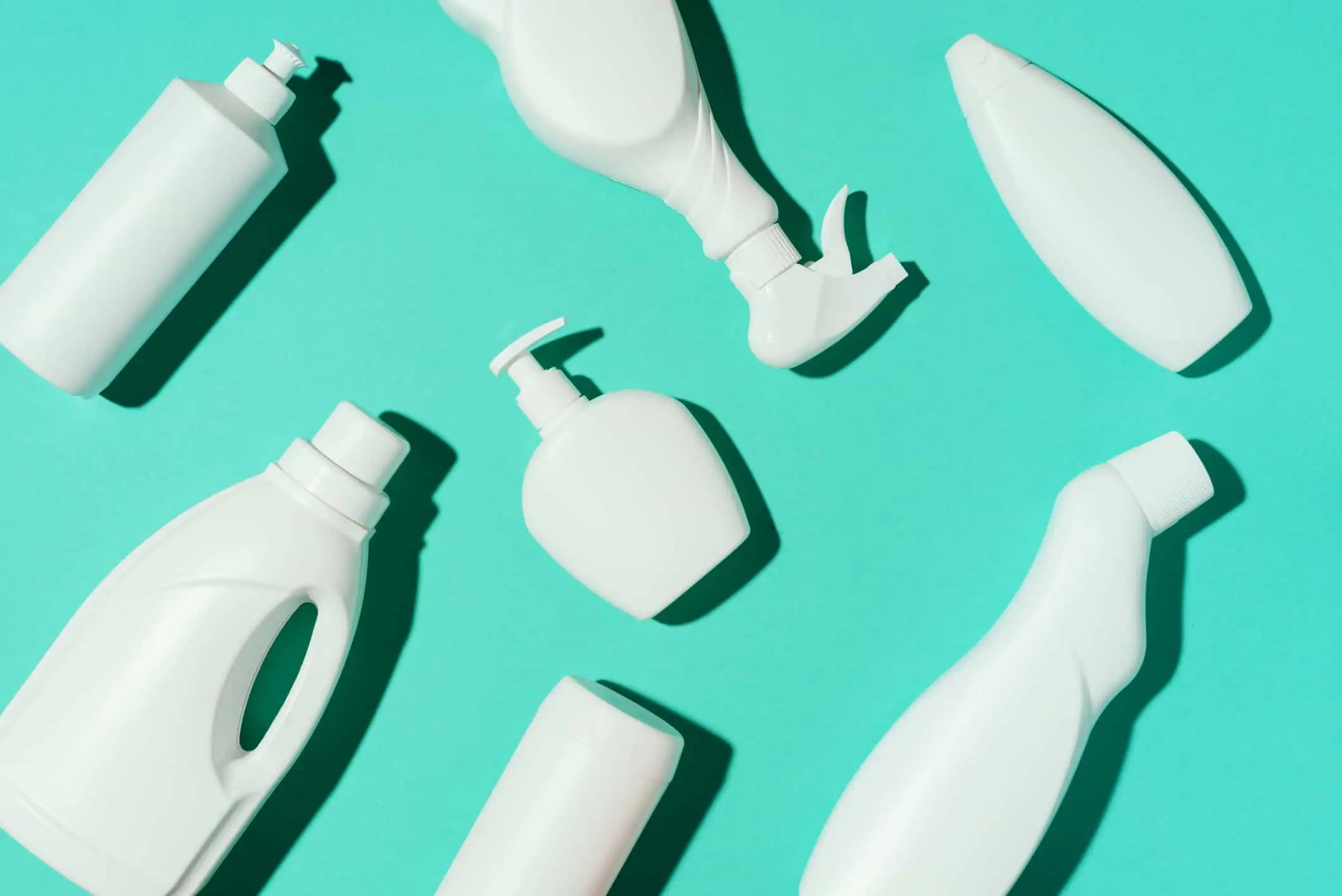What Household Items Can Get You High: Inhalants, Huffing & Household Products – Visions Treatment Centers
An estimated 750,000 people use inhalants, including common household items, for the first time every year, and more than 22 million Americans ages 12 and up have gotten high off inhalant products. The prevalence is enough that inhalant abuse was once dubbed “the forgotten epidemic.” Inhalants refer to a vast number of substances and products, far too many to list. Common examples include:
- Glue- Toluene
- Gasoline
- Shoe polish
- Lighter fluid
- Spray paints
- Cleaning products
And alongside chemicals commonly abused for their psychoactive effects, such as nitrite vasodilators (medication for heart disease) and nitrous oxide (laughing gas). In general, anything that produces intoxicating (and usually dangerous) fumes can be misused for a high, often to the severe detriment of the user’s health and safety. Despite their prevalence and massive long-term health risks, inhalant abuse is not particularly well-covered nor researched. But it remains a significant risk to teens not aware of the dangers of what might seem like a harmless high.
Definition and Explanation of Inhalant Abuse
Inhalant abuse refers to the intentional inhalation of vapors or fumes from various household products to achieve a high or altered state. This behavior is a form of substance abuse and can lead to severe health consequences, including addiction, brain damage, and even death. Commonly abused household products include cleaning supplies, paint thinners, and aerosol sprays. These substances are often easily accessible, making them a tempting option for those seeking a quick and inexpensive high. However, the risks associated with inhalant abuse are significant and can have long-lasting effects on an individual’s health and well-being.
How Are Inhalants Abused?
Inhalants are chemicals that produce intoxicating vapors, usually poured on a rag or inhaled directly from the product’s packaging. These chemicals become gaseous through volatilization or are stored in a compressed liquid form and sprayed. Drugs that must be heated or burned first are not generally considered inhalants.
Because the highs are short-lived, inhalant abuse is often recognized through repeated and frequent inhalant use, despite short-term and long-term physical and mental health consequences. They are cheap and easy to procure, available at nearly any hardware store or dollar store, or even sold online. This has made them the drug of choice for young teens and young adults who do not have the means to take other drugs, and they are ubiquitous among homeless children.
Why Are These Household Products Addictive?
Most inhalants are not illegal or strictly dangerous when used properly – but their inhalation causes short-term intoxication, which can be addictive. Misuse of these products can lead to severe health consequences, including alcohol poisoning from items like hand sanitizer and mouthwash. Alongside an alcohol-like drunken state, inhalants can induce hallucinations, euphoria, and sleep. The active societal dangers of long-term inhalant abuse remain generally unknown to us, as many inhalant use deaths are attributed to strokes or heart attacks. Inhalant use has also caused death by an automobile accident and pneumonia, frostbite in the throat, and brain damage through lack of oxygen.
Commonly Abused Inhalants and Chemicals
The list of products that can be abused as inhalants is too long to compile here, but inhalants can generally be broken down into four distinct and recognizable categories. Consuming these substances in high doses can lead to severe health risks, including hallucinations and cardiac issues.
Solvents
Solvents are volatile chemicals that vaporize at room temperature and are commonly used in drug abuse. Solvents commonly used as an addictive drug include:
- Glue
- Gasoline
- Lighter fluid
- Felt-tip markers
- Dry-cleaning fluids
- Nail polish removers
- Correction fluid (white ink)
- Electronic contact cleaners
- Paint thinners and removers
Gases (including Nitrous Oxide)
Gases include inhalants that are already stored in a gaseous form or are compressed then sprayed in a gaseous form. These gases can be misused similarly to illicit drugs, leading to severe health consequences. Misused inhalant gases include:
- Butane
- Propane
- Anesthetic gases (chloroform, ether)
Aerosols
Aerosol cans can be used as inhalants for their nitrous oxide or the contents of the can (spray paint). Misuse of these products can lead to severe health risks, including elevated blood pressure and other dangerous symptoms. Products commonly misused as aerosol inhalants include:
- Hair spray
- Spray paints
- Whipped cream
- Deodorant sprays
- Vegetable oil spray
- Air freshener sprays
- Aerosol cleaning products
Nitrites
Mostly alkyl nitrites, especially amyl nitrite, methyl nitrite, and ethyl nitrite. These are usually sold as “poppers” or disguised as cleaning products, can be prescribed under niche uses such as an antidote to cyanide poisoning. Misuse of these products can be part of a broader pattern of alcohol abuse and other substance use issues. Names for some nitrite inhalants include:
- Room odorizer
- Leather cleaner
- Video/tape head cleaner
These products may or may not contain amyl nitrite and other nitrites. Tape head cleaners, for example, may instead contain acetone or rubbing alcohol. Nitrites are especially dangerous because they can limit the availability of oxygen to the brain, causing hypoxia.
Common Household Products Used for Inhalant Abuse
Several common household products are frequently misused for inhalant abuse. These include:
- Aerosol Sprays: Products like paint, hair spray, and deodorant are often abused for their intoxicating effects.
- Cleaning Supplies: Items such as paint thinners, nail polish remover, and correction fluid contain volatile chemicals that can be inhaled.
- Whipped Cream Cans: These contain nitrous oxide, commonly known as laughing gas, which can produce a euphoric high.
- Cough Syrups: Containing dextromethorphan, these syrups can be misused for their psychoactive effects.
- Motion Sickness Medications: Medications like dimenhydrinate are sometimes abused for their hallucinogenic properties.
- Hand Sanitizers: These contain ethanol, which can be inhaled for its intoxicating effects.
These household products are often chosen for their accessibility and the potent effects they can produce when misused.
The Dangers of Inhalant Abuse, Including Sudden Sniffing Death Syndrome
The long-term effects of inhalant abuse can include:
- Lung failure
- Liver damage
- Brain damage
- Loss of hearing
- Kidney damage
- Internal frostbite
- Bone marrow disease
- Delusion-induced injuries
- Developmental problems (in children and teens)
- Nerve damage (and associated loss of control and coordination)
Misuse of cough syrup, which contains dextromethorphan, can lead to severe health risks, including hallucinations and addiction.
Because certain inhalants are powerful intoxicants, these substances are also associated with risk-heavy behavior, including unsafe sex and life-endangering activities. Some first-time users can also react fatally to an inhalant because these chemicals are often very concentrated and not at all meant for human consumption, whether through inhalation or otherwise. This is known as sudden sniffing death
Recognizing and Understanding Inhalant Abuse
Recognizing the signs of inhalant abuse is crucial for early intervention and prevention. Some common indicators include:
- Behavioral Changes: Mood swings, irritability, and withdrawal from social activities can be signs of inhalant abuse.
- Physical Symptoms: Dizziness, headaches, and nausea are common physical symptoms associated with inhalant use.
- Unusual Odors or Stains: The presence of strange odors or stains on clothing or skin can indicate inhalant abuse.
- Empty or Missing Household Products: Finding empty containers or noticing that household products are disappearing can be a red flag.
- Sudden Sniffing Death Syndrome (SSDS): This condition occurs when the heart stops due to an irregular heartbeat, often triggered by inhalant use.
By being aware of these signs, parents and caregivers can take steps to address inhalant abuse early and seek appropriate help.
Inhalant Abuse and Dependence Among Adolescents
While we know that a significant number of young teens are using inhalants, more than any other age group, there is little data on how addictive they are. Teens may also misuse OTC cold medications, which can lead to severe health risks and addiction. But there are reports of withdrawal symptoms and other signs of physical addiction among teens abusing inhalants, with symptoms following disuse including:
- Mood shifts
- Sleeplessness
- Loss of appetite
- Nausea and dizziness
Inhalant use is dangerous at any level, from first-time use to long-term use. These substances can cause major lasting damage to the central and peripheral nervous system and vital organs in the body. They are especially dangerous for the developing bodies of children and teens.
Prevention Strategies
Preventing inhalant abuse requires a combination of education, awareness, and parental involvement. Effective strategies include:
- Securing Household Products: Keep potentially harmful products out of reach and locked away to prevent access.
- Monitoring Activities: Supervise children’s activities and be aware of their social circles and behaviors.
- Educating Children: Teach children about the dangers of inhalant abuse and the serious health risks involved.
- Encouraging Open Communication: Foster an environment of trust where children feel comfortable discussing their concerns and experiences.
- Seeking Professional Help: If signs of inhalant abuse are suspected, do not hesitate to seek professional assistance.
By implementing these strategies, parents and caregivers can help prevent inhalant abuse and protect the health and safety of their children.
How Teen Inhalant Abuse Is Treated
Teen inhalant abuse treatment often involves therapy. Treatment may also address the misuse of motion sickness medication, which can lead to severe health risks and addiction. A psychiatric professional will be able to work with your teen to address the psychological impact of inhalant abuse, discuss healthier coping mechanisms for cravings, as well as new and existing stressors, and suggest more intensive treatments if necessary, including (but not limited to):
- Family therapy
- Day school options
- Rehabilitative activities
- Residential treatment programs
- Resources for building a local support system
Despite not being a typical drug, inhalants can and do cause addiction and can elicit cravings. Part of this is psychological, but depending on the substance, it can also be a form of physical dependence and addiction. For those largely drawn to inhalants to escape their situation mentally, inhalants serve as a powerful albeit maladapted coping mechanism and finding an alternative can be difficult.
For many teens with a history of inhalant abuse, treatment may be about developing skills to deal with stressors and learning to recognize and avoid potential relapses. If you or someone you know is struggling with inhalant abuse, do not hesitate to seek help today.
Getting Help for Inhalant Abuse
If you or someone you know is struggling with inhalant abuse, it’s essential to seek professional help. Resources available include:
- Mental Health Services Administration (MHSA) Hotlines: These hotlines provide immediate support and guidance for those in need.
- Substance Abuse Treatment Centers: Specialized centers offer comprehensive treatment programs for individuals dealing with substance abuse.
- Support Groups: Groups like Narcotics Anonymous (NA) or Inhalant Abuse Support Group provide a community of support and shared experiences.
- Counseling and Therapy: Professional counseling and therapy sessions can help address the underlying issues contributing to inhalant abuse.
- Medical Treatment: Medical professionals can provide treatment for withdrawal symptoms and related health issues.
Inhalant abuse is a serious issue that requires prompt attention and treatment. By understanding the definition, recognizing the signs, and implementing prevention strategies, we can work together to prevent inhalant abuse and promote a healthier, safer community.








